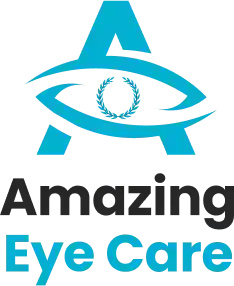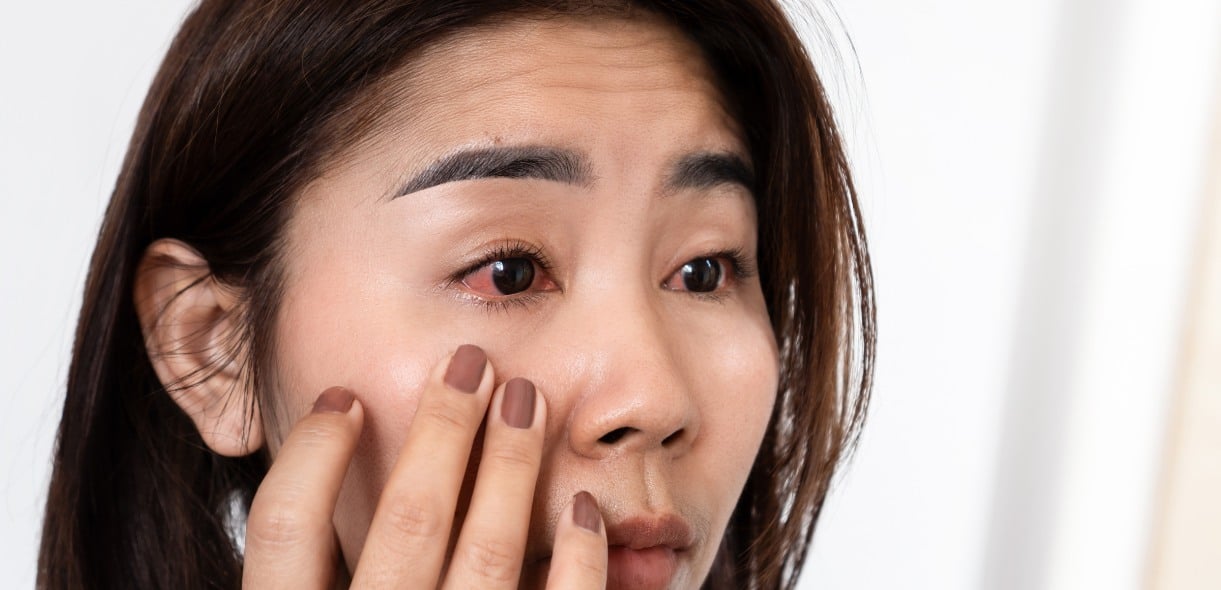Our eyes are delicate organs that require utmost care. Despite our best efforts, accidents can happen, leaving us with an eye injury. Knowing how to react promptly can make a significant difference in the severity of the outcome. This article will guide you through recognizing the signs of eye injuries, providing immediate first aid, and taking preventive measures to ensure eye safety.
Recognizing the Signs of Eye Injuries
A. Understanding Common Types of Eye Injuries:
- Foreign Object in the Eye: Dust, dirt, or small particles can get lodged in the eye, causing irritation and discomfort.
- Chemical Burns: Exposure to harsh chemicals like household cleaners or bleach can damage the eye’s surface.
- Blunt Trauma: A blow to the eye from a sports injury, fall, or object can cause swelling, bruising, and even vision problems.
B. Symptoms to Watch Out For:
- Pain or discomfort: This is a common cause of eye injuries.
- Redness or swelling: The eye may become red and puffy due to inflammation.
- Vision changes: Blurred vision, double vision, or sensitivity to light can indicate a more serious injury.
C. When to Seek Immediate Medical Attention:
- Severe pain: Unrelenting pain that persists even after taking pain medication.
- Loss of vision: Any sudden or partial loss of vision requires an immediate visit to the doctor.
- Prolonged irritation: If a foreign object remains lodged in the eye or irritation persists despite flushing, seek medical help.
Immediate First Aid Steps for Eye Injuries
A. Removing Foreign Objects Safely:
- Do not rub the eye: Rubbing can scratch the cornea and worsen the injury.
- Gently flush the eye with clean water: Use lukewarm water and a clean eyewash solution (if available) to flush the eye for 15-20 minutes. Blink repeatedly to encourage the object to dislodge.
- Use a sterile gauze to remove large objects: If a large object is visible and easily removable, gently lift it with a sterile gauze pad.
B. Treating Chemical Burns:
- Rinse the eye with copious amounts of water: Hold the eyelids open and flush the eye with clean, lukewarm water for at least 15 minutes.
- Avoid rubbing the eye: This can spread the chemicals and cause further damage.
- Seek medical help immediately: Chemical burns require professional medical attention to prevent permanent damage.
C. Dealing with Blunt Trauma:
- Apply a cold compress: Wrap ice in a clean cloth and apply it gently to the affected area to reduce swelling.
- Protect the eye from further injury: Use an eye patch or shield to prevent further contact.
- Seek medical attention for severe cases: If there is severe pain, bleeding, or vision changes, seek immediate medical attention.
Prevention and Safety Measures
A. Wearing Protective Eyewear:
- Use safety goggles during DIY projects: This is crucial when working with power tools, chemicals, or anything that could cause flying debris.
- Wear sunglasses outdoors to protect from UV rays: Sunglasses shield your eyes from harmful ultraviolet rays, reducing the risk of cataracts and macular degeneration.
- Choose appropriate eyewear for sports activities: Sports-specific eye protection can minimize the risk of injuries during sports participation.
B. Keeping First Aid Supplies Handy:
- Have an eye wash solution at home: This is a readily available option for flushing out foreign objects.
- Include a sterile eye patch in your first aid kit: This can be used to protect a wounded eye in case of emergency.
- Know how to use these supplies in case of emergencies: Familiarize yourself with the proper application of eyewash and eye patches for faster response during an injury.
C. Creating a Safe Environment:
- Keep hazardous chemicals out of reach: Store harsh chemicals like cleaners and detergents in locked cabinets away from children and pets.
- Child-proof your home to prevent accidents: Secure cabinets, keep sharp objects out of reach, and cover electrical outlets to prevent accidents, especially for young children.
- Ensure good lighting in work areas: Proper lighting reduces eye strain and helps prevent accidents while working on detailed tasks.
Post-Injury Care and Follow-Up
A. Resting the Eyes:
- Avoid straining the injured eye: Limit activities that require intense eye focus, like reading or screen time.
- Limit screen time and exposure to bright lights: Rest your eyes by taking breaks and reducing exposure to bright lights or screens.
- Take breaks to rest the eyes if necessary: Follow the 20-20-20 rule: Every 20 minutes, look away from your screen for 20 seconds
B. Monitoring Symptoms:
- Watch for signs of infection: If you experience redness, pus discharge, or worsening pain, it could indicate an infection. Seek medical attention promptly.
- Check for any changes in vision: Even slight changes in vision after an eye injury warrant a visit to the doctor.
- Follow up with a healthcare provider if symptoms persist: Schedule an appointment with your doctor or optometrist for a comprehensive evaluation, especially if symptoms don’t improve within a few days.
C. Improving Eye Health:
- Eat a diet rich in eye-friendly nutrients: Consume plenty of fruits, vegetables, and fish rich in Omega-3 fatty acids, lutein, and zeaxanthin, which are essential for eye health.
- Practice good eye hygiene: Wash your hands frequently to avoid transferring bacteria to your eyes. Avoid touching or rubbing your eyes unnecessarily.
- Schedule regular eye exams with an optometrist: Regular eye checkups can detect potential problems early on and ensure the overall health of your eyes.
By following these steps, you can effectively respond to eye injuries, promote healing, and prevent future occurrences. Remember, early intervention is crucial for minimizing the severity of eye injuries and safeguarding your precious vision.
For Emergency Eye Care in Atascocita, TX, visit Amazing Eye Care Atascocita.
Their team of experienced professionals is equipped to handle various eye emergencies and provide the necessary treatment to get your eyes back on track to recovery. Visit their website at Amazing Eye Care in Atascocita, TX: https://amazingeyecare.com/emergency-eye-care/ to learn more about their services or schedule an appointment.
Recap of Immediate Actions for Eye Injuries
- Recognize the Signs: Be aware of symptoms like pain, redness, swelling, and vision changes, which may indicate an eye injury.
- Act Quickly: Depending on the injury type:
- Foreign Object: Gently flush the eye with clean water or eyewash solution. Do not rub.
- Chemical Burn: Immediately flush the eye with copious amounts of water for at least 15 minutes and seek medical help.
- Blunt Trauma: Apply a cold compress and protect the eye. Seek medical attention for severe pain, bleeding, or vision changes.
- Preventative Measures: Wear protective eyewear, keep a first-aid kit with eyewash and eye patch handy, and maintain a safe environment.
- Post-Injury Care: Rest your eyes, monitor for signs of infection, and follow up with a healthcare professional.
Common Questions About Eye Injuries
Can I use over-the-counter eye drops for minor irritation?
For minor irritation caused by dust or allergies, artificial tears may provide temporary relief. However, avoid using any eye drops not prescribed by a doctor for eye injuries, as they may worsen the condition.
How do I know if my eye injury is severe enough for medical attention?
Seek immediate medical attention for any of the following:
- Severe pain that persists
- Loss of vision, blurry vision, or double vision
- Bleeding in the eye
- A foreign object stuck in the eye that you cannot remove
- Chemical burns
- Prolonged irritation despite flushing
What are the long-term effects of untreated eye injuries?
Untreated eye injuries can lead to serious complications like permanent vision loss, scarring, cataracts, and glaucoma. Early diagnosis and treatment are crucial to prevent such complications.
If you have any further questions or concerns about eye injuries, consult a healthcare professional or optometrist near you.


